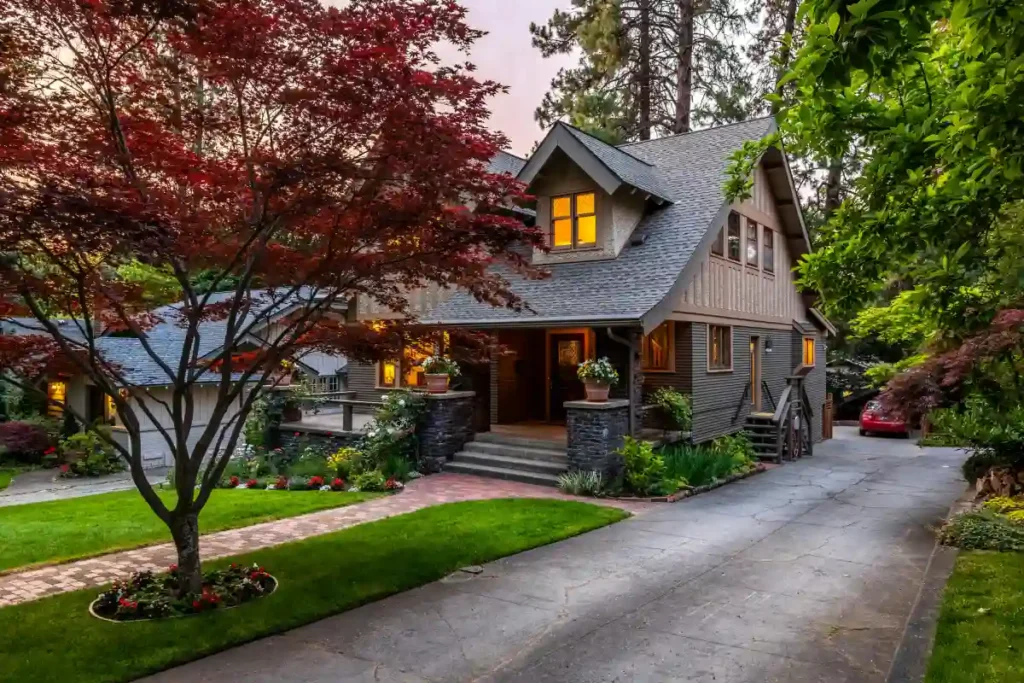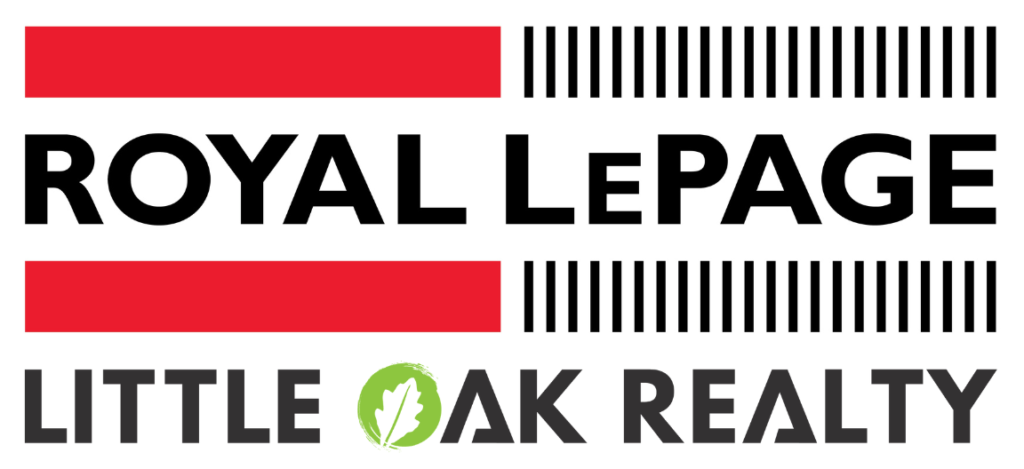Real estate investment is a very important investment decision that several individuals undertake. As a first-time buyer or the most experienced investor or a person who wants to move, it is essential to find the most valuable properties in your district not to make the stupid purchase that will bring you nothing but comfort and a possible financial rise. However, how do you know the difference between a good value property, an overpriced property, or one of just plain bad investments? It is a detailed guideline that will help you take the major considerations and steps in determining the value of the property and make an informed decision.
What Is The Best Value And What Is It?
The best value in the real estate business is not just the most affordable house out of them. Rather, it can be described as an asset that has the highest benefits as compared to its price. These involve some aspects such as the location, its state, the appreciation it will be facing, and how it suits your requirements. A good value of a property is reasonably priced or cheaper than the market value, looking at all these factors, and gives good returns on investment or gives a comfortable stay.
The main points made to Buy the Most Valuable Property
1. Location: the Foundation of Property Value
The location is also the most important determinant of property value. Houses in good locations with access to good schools, transport systems, shopping malls, recreational centers, and job centers are more likely to be maintained and appreciated with time. Micro-location is also important even in the same city – being near new infrastructure applications such as a metro station or a business-site development can massively increase property prices.
There is also the safety and general developmental rate of the community. Many often find such a revitalizing or planned amenity neighborhood, is one of the places of value appreciation.
2. Comparable Sales Analysis (Comps)
Acquiring a clear sense of a property’s value begins by analyzing comparable sales—commonly referred to as “comps.” They represent recent sales of comparable properties within the same neighborhood, together with one another on size, age, style, and condition. Comparing your target property’s asking price with that of the comparable sales lets you determine whether it is priced fairly.
- While choosing comparable properties, keep the following considerations in mind:
- Likewise, comparable square footage and an identical number of bedrooms and bathrooms.
- Property comparables should be roughly the same age and be in comparable condition.
- The situation within proximity of the same neighborhood or block
- Relying on comps assists in not overpaying and offers a realistic assessment of market value.
3. Property Condition
A property’s value depends substantially on its external condition as well as its interior condition. Look at:
- Individual construction quality and the materials employed
- The property’s age in conjunction with the quality of its upkeep
- The design’s modernity coupled with its functional plan.
- Features such as refurbished kitchens and bathrooms, or energy-efficient systems in place.
- Curb appeal, together with landscaping, is another important factor.
- One that has been well maintained, or recently refurbished, may attract a higher price, yet it can still spare you from costly future repairs and add additional resale value.
4. Dimension, Layout, and Design Efficiency

Although large properties generally fetch higher prices, how their spaces are used is every bit as critical. Families seeking homes often display a preference for efficient layouts, floor plans kept open, and décor that remains tan and pragmatic. Giving out natural daylight, large storage space, and modern facilities adds to the beauty and the value of the property in selling.
5. Market Trends and Economic Indicators
It is crucial to grasp the wider landscape of the real estate market. Which of the two—a buyer’s or a seller’s market—does prevail? What direction are property prices heading? Items like interest rates, job levels, population trends, and general local economic conditions shape property values.
Take, for instance, regions that witness a population surge or economic expansion, as their property values usually climb. Author
6. Land Value versus Property Price
At times, the value of the land remains substantial, especially in rapidly expanding urban areas. Computing a property’s sales price against its unimproved land value can expose whether it is undervalued. Platforms such as Landvalue.au offer value by drawing attention to properties whose sales price matches closely with the land value itself, suggesting they could represent good investment opportunities.
7. Highest and Best Use Potential
In appraisal lingo, the “highest and best use” is the most lucrative legal use that a property could satisfy. This may vary from the existing use of the property. Take, for instance, a site designated for residential development that could stand to gain market value from being re-zoned for commercial development or subdivision.
8. Externally driven factors alongside the neighborhood’s amenities.
Take into account the neighborhood’s amenities together with external factors such as:
- Calibre of nearby schools and healthcare institutions
- Ease of getting to public transport and the area’s major highways
- The existence of shopping centers, dining establishments, and recreational avenues.
Safety and crime rate factors
- Environmental factors include attributes such as scenic views and noise pollution.
- Among these factors, desirability as well as long-term value are shaped.
Step-by-Step Guide to Identifying Best Value Properties
Step 1: Figure out your objectives, together with the budget.
Decide on whether you want to live there or put your own feet on it, convert it into investment rental property, or concentrate on the appreciation of its value. Prepare a practical budget and think over all the potential expenses, as well as taxes and insurance, frequent maintenance, and various uncertainties.
In Step 2: research on the local market
To learn what the market is and where it is going in your preferred neighborhood, check daily listings, and MLS, and place a local real-estate publication.
Step 3: Review the Comps
Obtain information on the comparably situated properties that have sold recently. Consider the transaction prices, property features, and conditions to set a fair market valuation.
In Step 4: perform an exhaustive inspection.
Conduct a comprehensive property walk-through yourself—or hire an expert to assess its condition, confirm the soundness of its structure, and estimate the repairs to come.
Step 5: Evaluate the Area, as well as the Neighborhood
Introducing yourself to the neighborhood during several hours of the day, and assess its facilities, security, and impending development projects.
Step 6: consider the potential for future growth.
Assess the prevailing zoning statutes, forthcoming infrastructure projects, and neighborhood economic-
Step 7: Determine the Price–to–Value Ratio
Calculate the property’s market value in tandem with the valuation of its land to determine whether the listing’s price falls in line with prevailing market conditions.
Step 8: Retain the Services of Professionals
Consult real estate agents, appraisers, and financial advisors to validate your estimates and understand how to go through the process of negotiation.
Conclusion
The problem of identifying the best value properties in your place will also require a balanced approach that is based on the consideration of location, property, market data, and future potential. With the help of tools such as sales analysis comparison, market trend knowledge, and analysis of both domestic and external variables, buyers will be able to make more informed decisions and maximize the benefits of their investment and enjoyment. When deciding whether to buy a family home or an investment property, it all comes down to rigorous research and the assistance of professional guidance to get the best value available.



